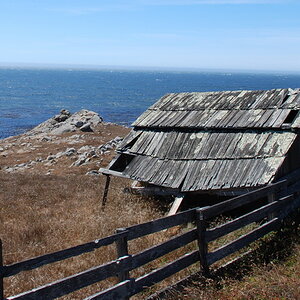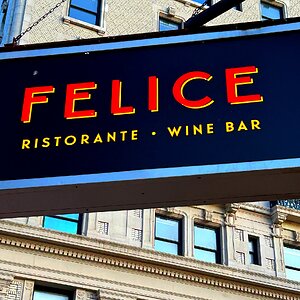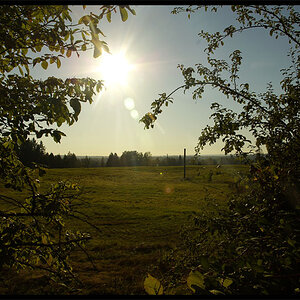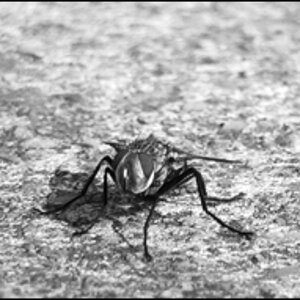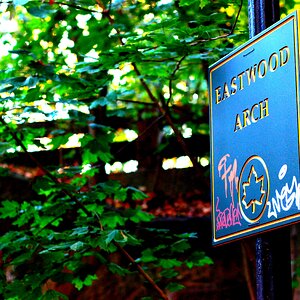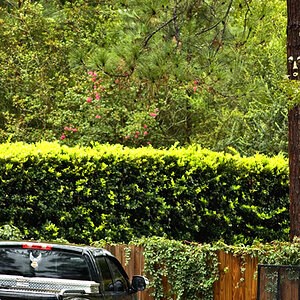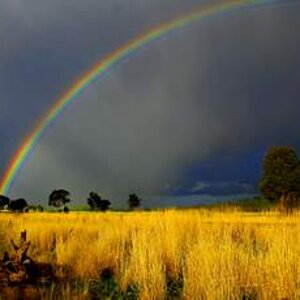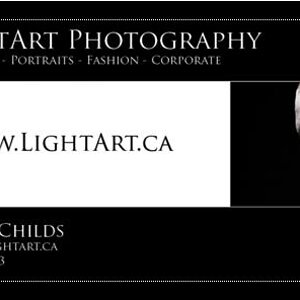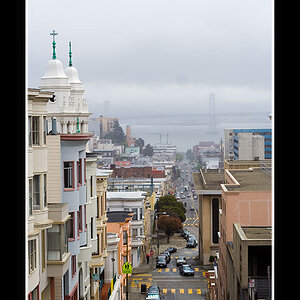Murray Bloom
No longer a newbie, moving up!
- Joined
- Jun 6, 2007
- Messages
- 440
- Reaction score
- 85
- Location
- Baltimore, MD
- Website
- www.murraybloomphoto.com
- Can others edit my Photos
- Photos NOT OK to edit
I recently posted these images to another thread, but I'm thinking that this might be an interesting topic in its own right.
Back in the days of film, we had a maxim: "Expose for the shadows, develop for the highlights." The reason was that silver-based materials (film, photo paper, etc.) don't respond well to low light levels, making it easy to lose shadow detail. Digital photography is exactly the opposite. Highlights are easily blown out, while there is often a lot more detail in the shadows than meets the eye. So, in today's world, exposing for the highlights and processing for the shadows can make a lot of sense.
Doing so will ensure that there is adequate highlight detail, but not at the expense of shadows. I'm thinking of this as an alternative to HDR, for those times where it's just not practical, like with no tripod, very low light levels, kids tugging at your trousers, etc. In essence, I'm talking about deliberate underexposure, on the order of half an f-stop, one, or perhaps more.
The basic principle is to become familiar with your particular camera's tonal sensitivity, in this case, how much underexposure will it tolerate and still allow you to recover clean shadow detail. Each camera is different, and at some point, noise will enter the discussion. But, by using darkness judiciously, and with nothing more than standard Photoshop techniques (or Gimp, or whatever), you can often create images that transcend what a 'normal' exposure is capable of. Needless to say, this idea, like HDR, isn't really for high-volume shooting.
So, as a starting point, here are a pair of images, one as shot, and the other as processed. They were shot at 1/250th, f11, ISO 400 with a 10.5mm Fisheye lens on a 10mp Nikon D200.
Back in the days of film, we had a maxim: "Expose for the shadows, develop for the highlights." The reason was that silver-based materials (film, photo paper, etc.) don't respond well to low light levels, making it easy to lose shadow detail. Digital photography is exactly the opposite. Highlights are easily blown out, while there is often a lot more detail in the shadows than meets the eye. So, in today's world, exposing for the highlights and processing for the shadows can make a lot of sense.
Doing so will ensure that there is adequate highlight detail, but not at the expense of shadows. I'm thinking of this as an alternative to HDR, for those times where it's just not practical, like with no tripod, very low light levels, kids tugging at your trousers, etc. In essence, I'm talking about deliberate underexposure, on the order of half an f-stop, one, or perhaps more.
The basic principle is to become familiar with your particular camera's tonal sensitivity, in this case, how much underexposure will it tolerate and still allow you to recover clean shadow detail. Each camera is different, and at some point, noise will enter the discussion. But, by using darkness judiciously, and with nothing more than standard Photoshop techniques (or Gimp, or whatever), you can often create images that transcend what a 'normal' exposure is capable of. Needless to say, this idea, like HDR, isn't really for high-volume shooting.
So, as a starting point, here are a pair of images, one as shot, and the other as processed. They were shot at 1/250th, f11, ISO 400 with a 10.5mm Fisheye lens on a 10mp Nikon D200.
Last edited:


